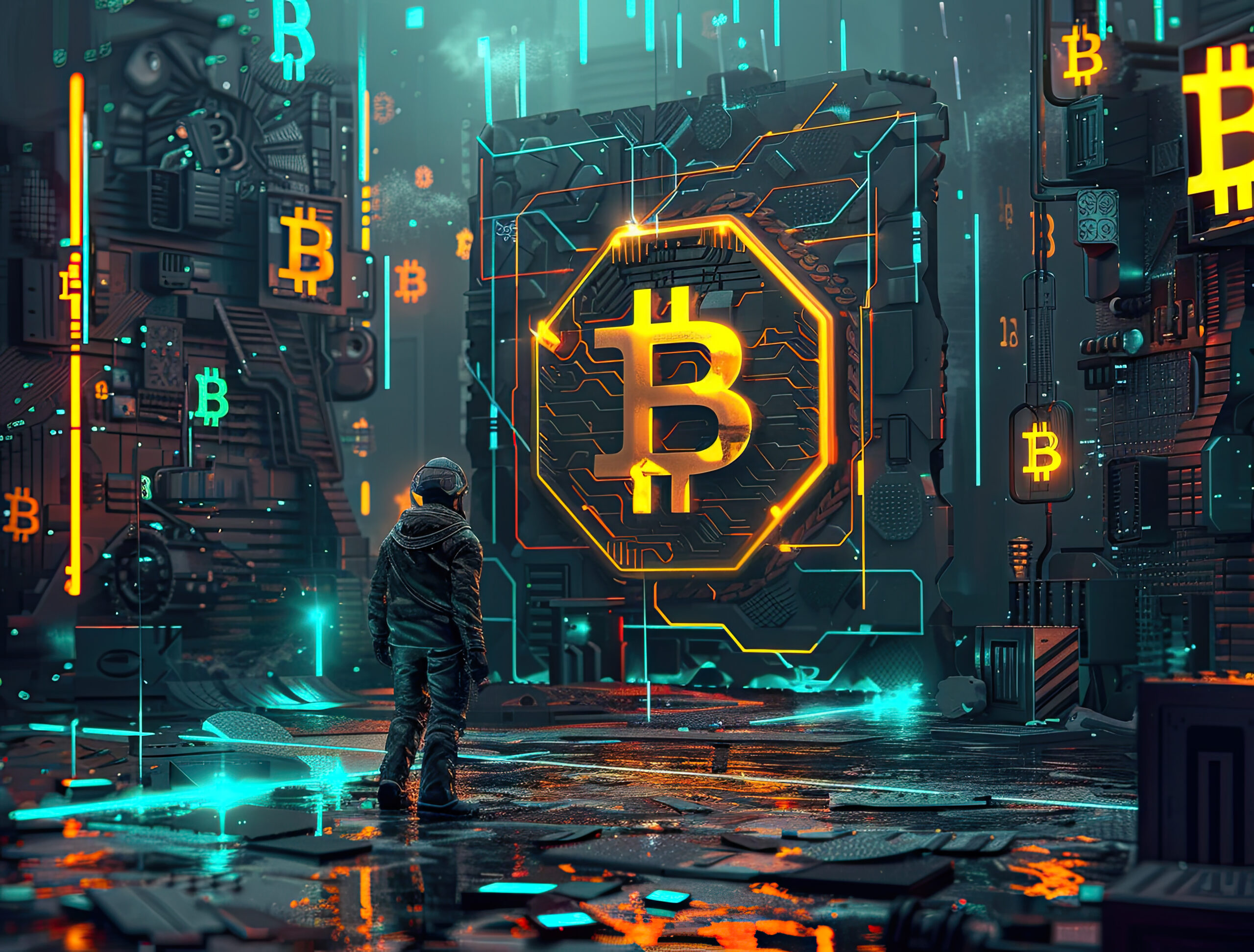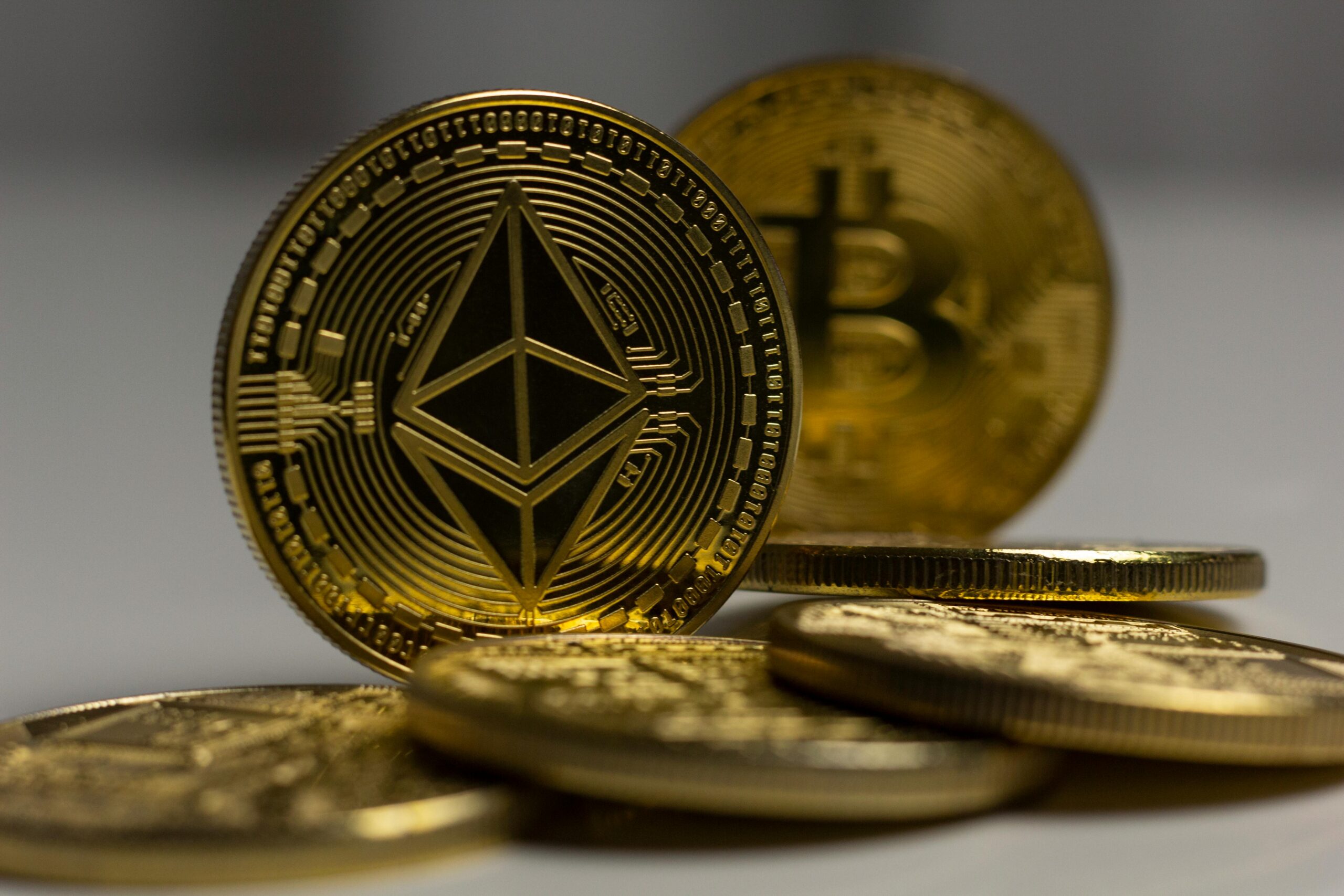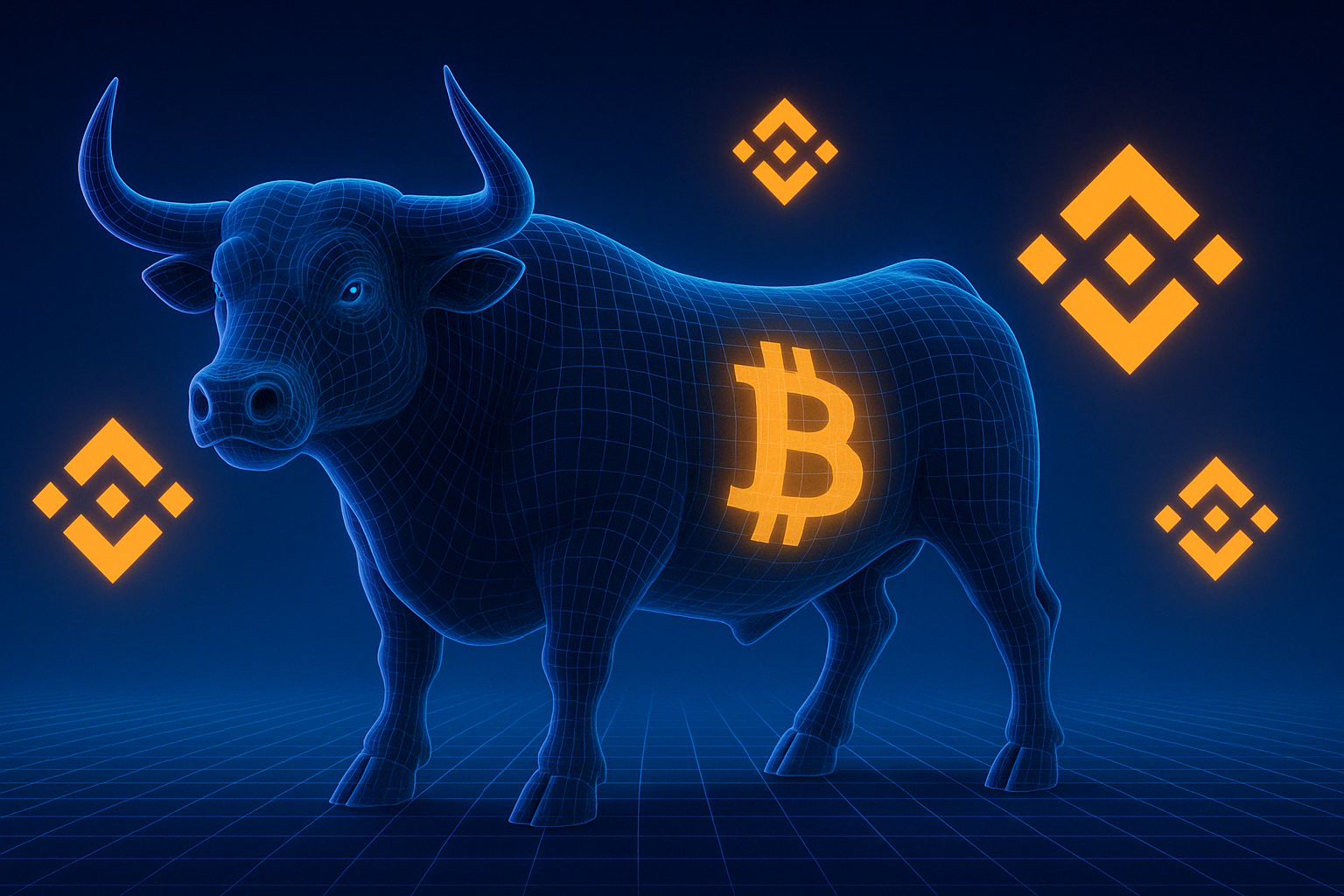As blockchain networks evolve and competition for user engagement intensifies, gamification is emerging as a powerful tool to attract and retain users. With 171 Layer-1 (L1) networks currently listed on Coinranking, standing out in the crowded market requires more than just infrastructure — it demands interactive user experiences.
How Gamification is Fueling On-Chain Growth
To engage users and drive on-chain activity, blockchain networks are increasingly incorporating gamification strategies. Coinbase’s Onchain Summer event demonstrated how gamification can effectively engage users, allowing them to earn points by completing on-chain tasks. Participants could then redeem these points for non-fungible tokens (NFTs) and other rewards.
A Coinbase spokesperson told Cryptonews that the event was a major success in boosting user retention. “We saw that 83% of people who spun the rewards wheel once returned to spin again,” the spokesperson said.
Similarly, Quai Network recently launched Kipper, a crypto-tipping platform that allows users to send tips in $QUAI tokens directly on the X social media platform. The platform incentivizes users to engage with content creators, leveraging peer-to-peer payments as a way to drive engagement.
“Kipper empowers content creators and their audiences with a seamless tipping experience using $QUAI, enhancing both social interaction and financial sovereignty,” said Quai CEO Alan Orwick.
DePIN Sector Explodes to $18.9 Billion — Peaq Taps Gamified Quests
As the decentralized physical infrastructure network (DePIN) market grows to $18.9 billion, blockchain platforms like Peaq are using gamified quests to onboard new users.
Peaq’s Get Real campaign, which launched in February, incentivizes users to complete real-world data collection tasks, such as sound pollution measurements and driving data logging, using Web3-enabled devices. Participants earn points that can be redeemed for NFTs or DePIN tokens, creating tangible incentives for on-chain engagement.
“We aim to showcase how DePINs can generate value through real-world data collection and asset ownership,” said Peaq co-founder Max Thake. “Gamification helps bridge the gap between traditional Web2 users and emerging Web3 technologies.”
According to Thake, the beta phase of the campaign attracted thousands of new users and led to significant data contributions from participants. Due to the positive response, Peaq plans to expand the initiative in Q2 2025.
Layer-2 Networks Turn to Gamification for Visibility
While L1 networks leverage gamification to educate and engage users, Layer-2 (L2) platforms are using interactive experiences to address the discoverability challenge.
Eclipse, a Solana Virtual Machine (SVM) built on Ethereum, launched Turbo Tap in February, a gamified experience that allows users to accumulate “grass” by interacting with a digital highland cow. Turbo Tap has attracted over 230,000 new users in less than three months, underscoring the impact of gamified interactions on user acquisition.
“Gamification has become a strategic tool to drive user engagement, especially in a fragmented market where L2 networks struggle with visibility,” said Eclipse’s ecosystem lead, Ren Yu Kong.
However, Kong noted that maintaining a frictionless user experience is crucial, especially as user volumes grow. “Combining on-chain contracts with interactive components requires extensive testing to prevent bugs and disruptions,” he added.
Challenges and Future Outlook
Despite its potential, gamification presents significant challenges in implementation. Quai’s Orwick noted that building Kipper’s infrastructure took longer than anticipated, while Eclipse’s Kong emphasized that integrating social layers with blockchain protocols is a complex, resource-intensive process.
Nonetheless, industry leaders believe that gamification will remain a cornerstone of blockchain adoption strategies. As networks like Peaq and Eclipse continue to innovate through gamified incentives, the DePIN sector — now valued at $18.9 billion — is emerging as a key growth area for blockchain ecosystems.
With hundreds of thousands of new users engaging through interactive experiences, blockchain adoption is steadily gaining momentum. As L1s, L2s, and DePIN networks embrace gamified models, the line between blockchain and mainstream consumer apps continues to blur, potentially setting the stage for mass adoption in the coming years.



